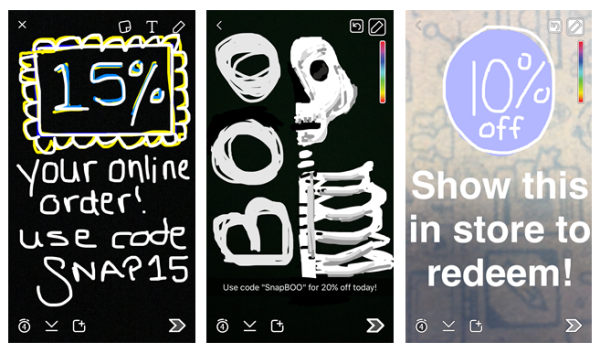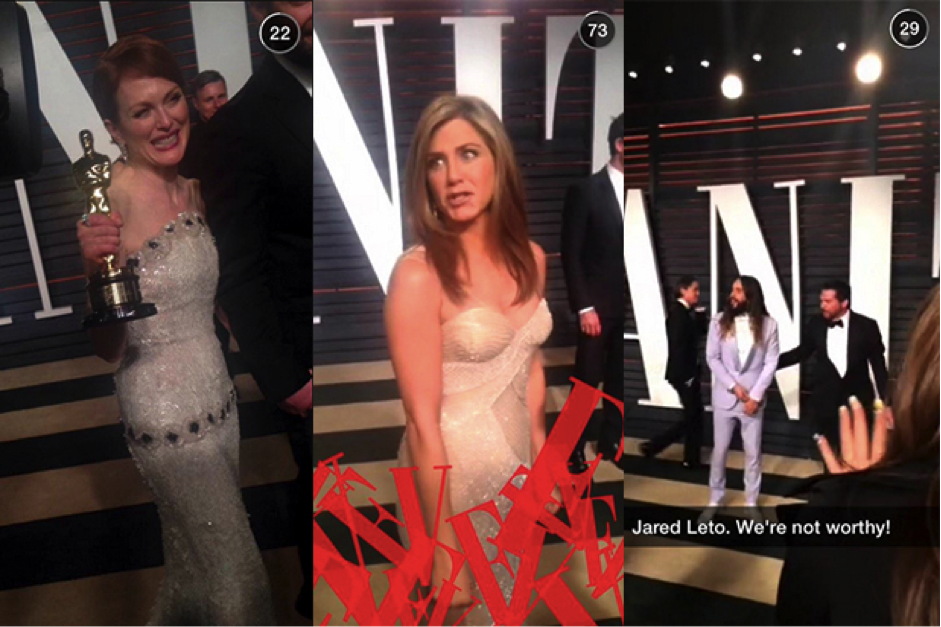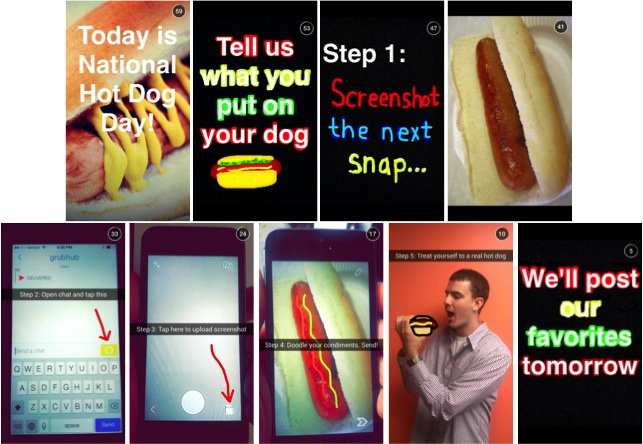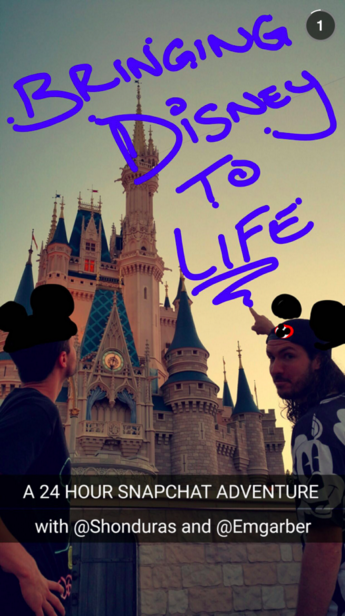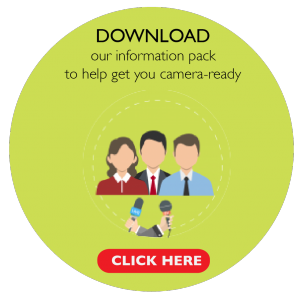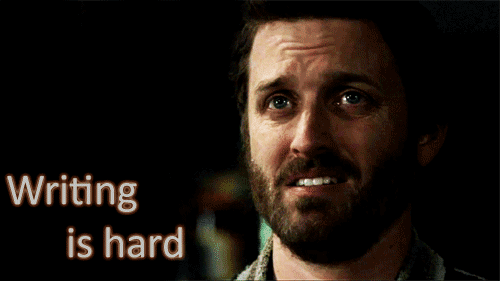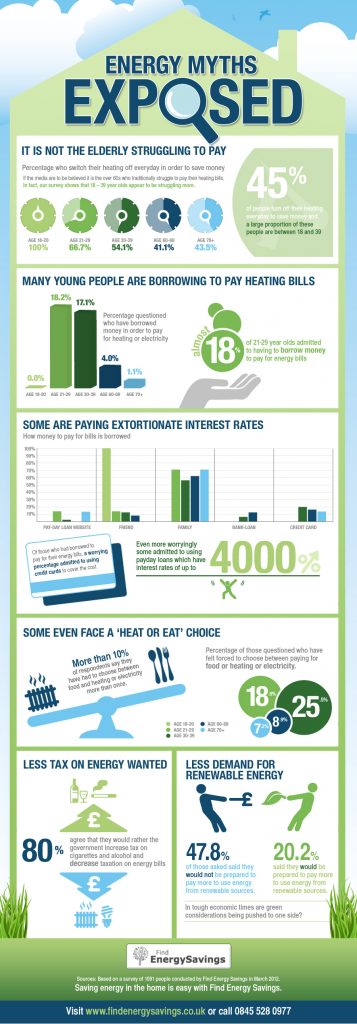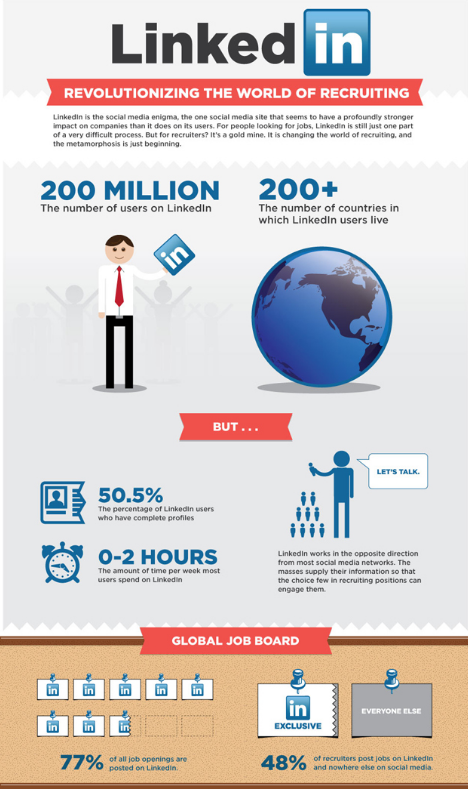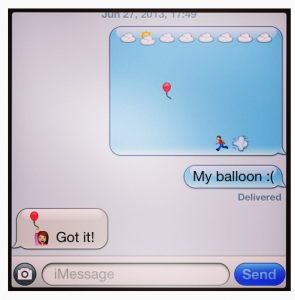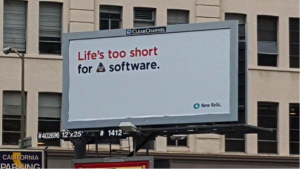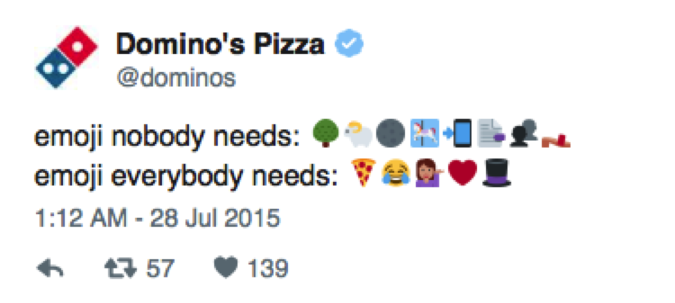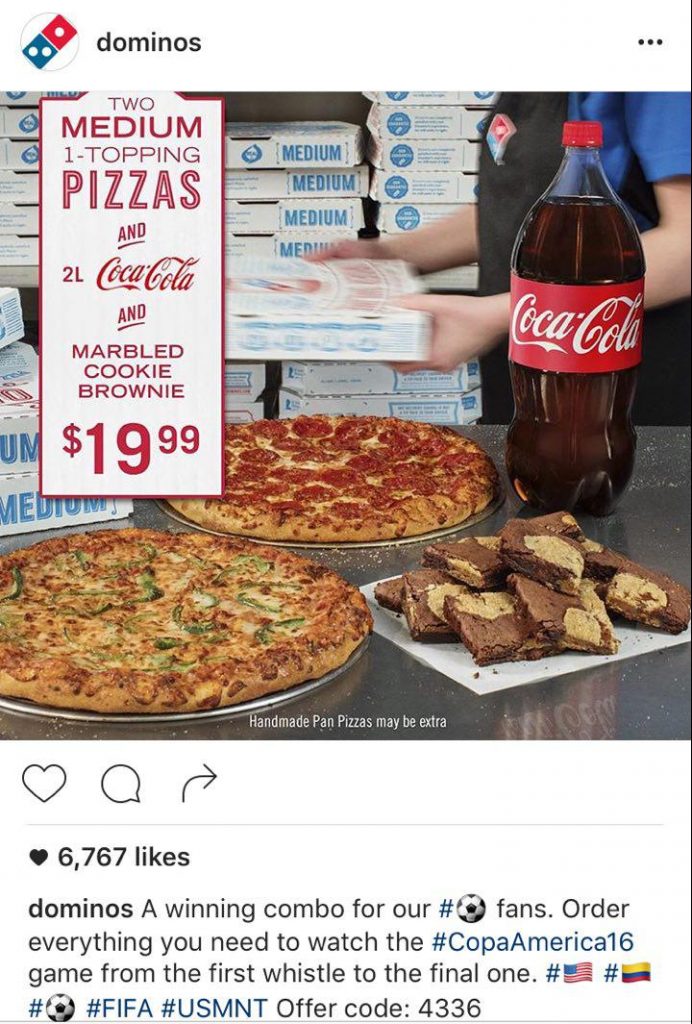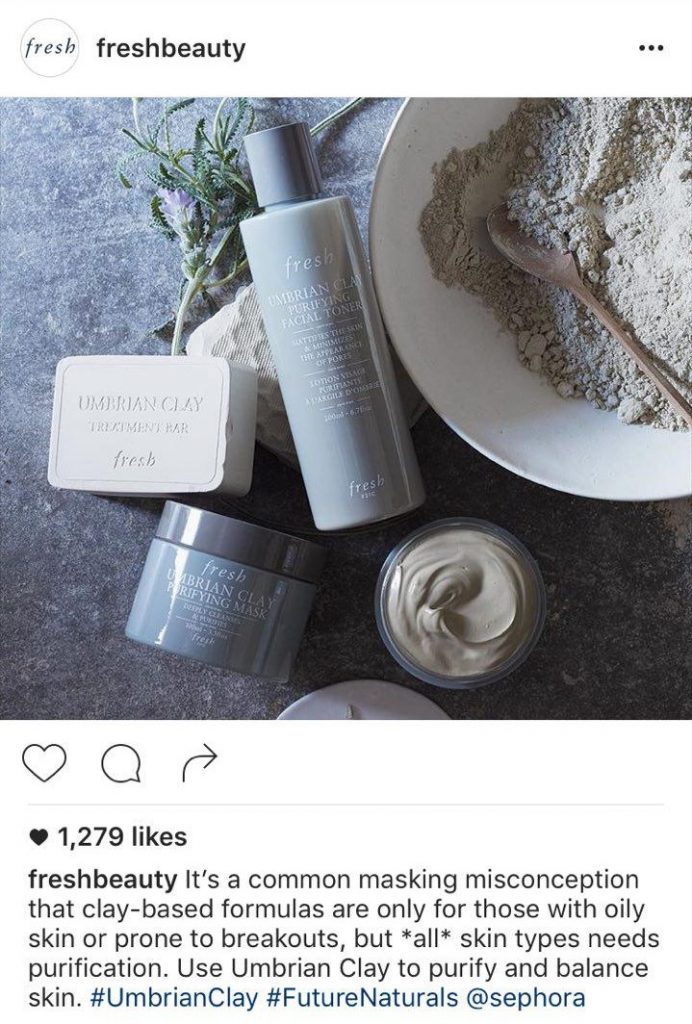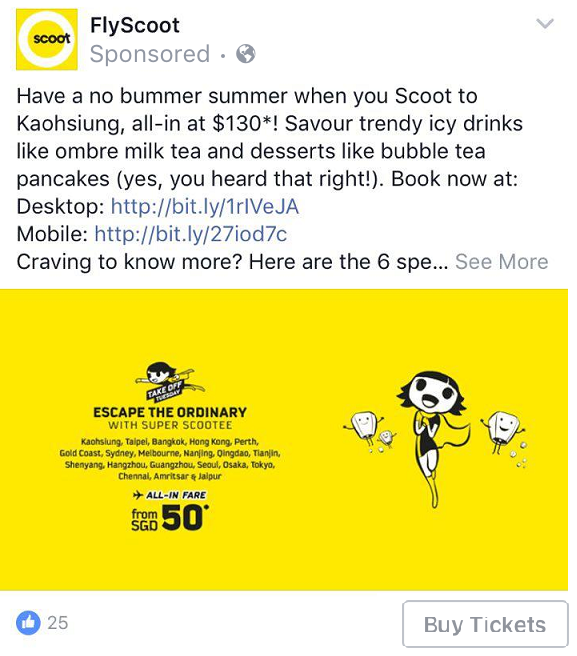In today’s digital society it has become increasingly difficult for brands to stand out and be seen by the right people. There is so much information online that it’s easy to get lost in the noise – our attention spans are getting shorter and our thumbs are clicking quicker. So, how can brands disrupt the digital landscape and really make an impact?
The answer: by creating thumb-stopping content.
Dare to be different
Content marketing is about being different and creating a new and interesting way of presenting information. Find something unique to your brand – that one thing that represents your brand and your brand only – and base your content around this.
As an example, Australian beauty brand, frank body have done a phenomenal job with their #thefrankeffect and #letsbefrank campaign. This feminine and flirty campaign has encouraged ordinary people to try the coffee scrubs and share their experiences on social media. Here’s an example from the frank body’s Instagram:
A photo posted by frank body (@frank_bod) on
The result? From 0 to 350,000 Instagram followers in 12 months.
Create unique and quality content
Products and services no longer sell themselves. We live in a world where the traditional sales approach is a thing of the past, and consumers are seeking timely and accurate information to meet their needs. This means brands need to be at the forefront of what their target audience wants. Very few people these days really read, engage with or trust those direct and pushy sales emails and calls – it’s often intrusive and lacks credibility.
Creating original content in the form of imagery, blogs, illustrations or videos is a great way to stand out from the crowd without being intrusive.
On Facebook, for example, you are competing with everything on someone’s News Feed: pictures of their friends, family, cats, birds, babies…you get the picture. So why should they click on your content?
Personally, I love food – creating and eating it. So I naturally am drawn to food videos. However, there is a big difference between the good and the bad.
This one, for example, is not my favourite. The food looks good but I start to lose interest after about 3 seconds as the video is just not interactive enough for me:
However, I will always stop to watch videos from Tasty simply because they are quick, fun to watch, informative and appealing.
Be prepared for active engagement
Talk to your audience and engage them with your brand. Humans are a very social bunch and want to be involved and participate in different things. So why not create your content in such a way that encourages an action? We don’t all have to be selling fluffy bunnies or makeup to engage with consumers. Even the more serious industries can create great thumb-stopping content.
One of my favourite examples to use is from Hubspot, an inbound marketing software platform. I receive emails from them on a daily basis and I open each email every day. Why? Because the content they supply is very eye-catching, informative, and gives me access to some great resources and events that make my job easier…all at no charge, meaning there is no trap or risk involved.
Being creative and standing out from the crowd is not as hard as you may think. It’s all about thinking strategically and daring to be different – but providing quality and useful content at the same time.
Don’t copy what someone has done – instead think about alternative ways you can reach your audience through social media, emails, or online.
Disrupt the digital landscape and give your readers a reason to click through.
Need some help? Write to us at [email protected].

